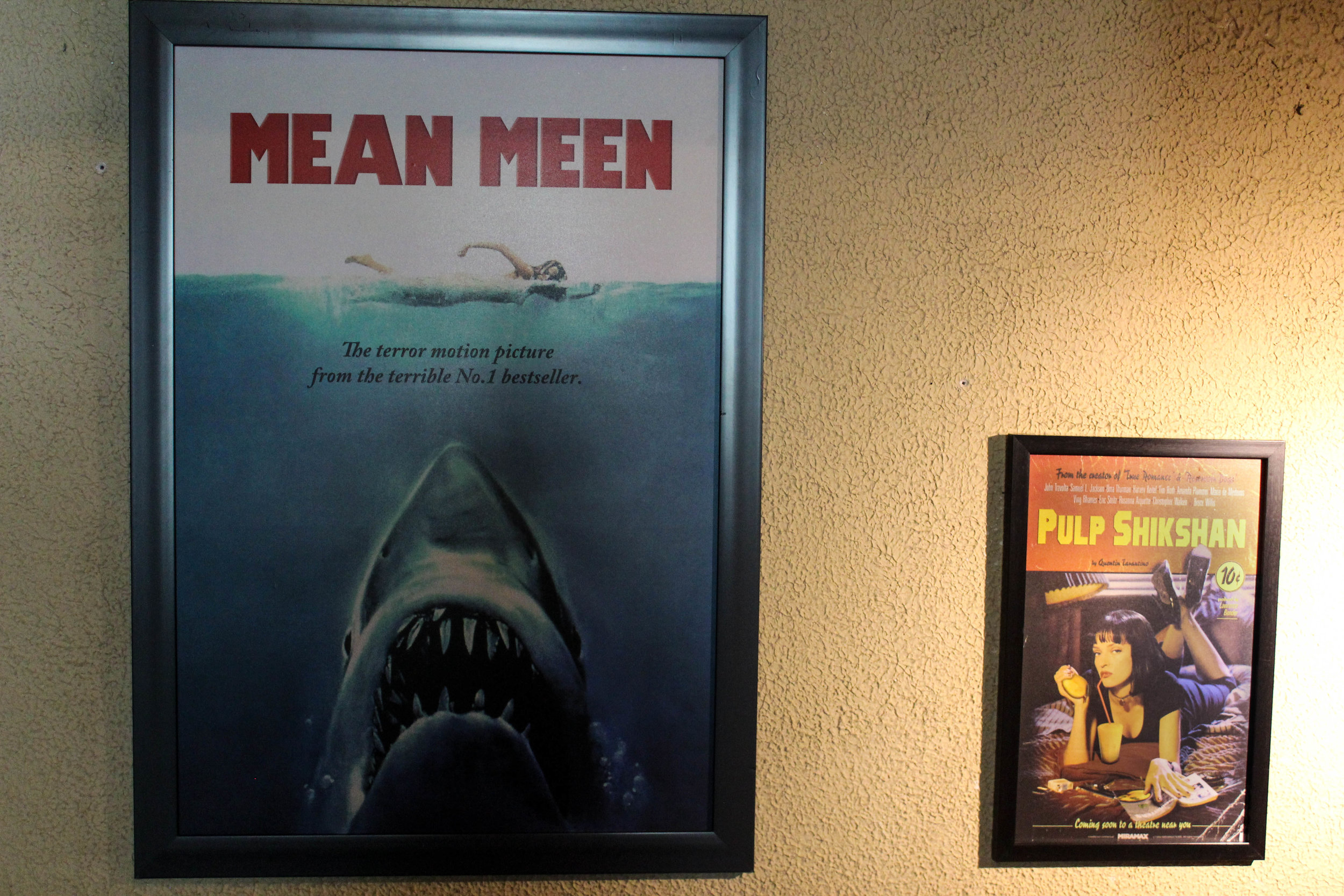It’s no secret that we love celebrating anything and everything to do with South India, especially food. Which is why, as a celebration of the smaller districts, and the unique culture of the southern states, we had special menus to bring out their own distinct tastes, but perhaps not widely-enough sampled cuisines.
Mango Menu Nothing brings people together quite like mangoes. In fact, there are many events planned around gathering and consuming mangoes. Mangoes have been the traditional favourite at most cultural events, right from weddings to festivals, to pretty much any auspicious celebration, especially in South India. Turns out, they are also a favourite in the consideration of the ‘Special Menu Star Ingredient’. We know people take their love for mangoes very seriously, and rightly so. And that’s why we left no mango un-plucked to deliver a truly special menu—it had everything from mango curry, to mango saadam, a mango rasam, a mango-topped tostada, (yup! It was a rombo special, rombo international menu like that), and a rather precious mango Tres Leche cake as a finisher. Oh, and a dedicated vodka-based cocktail too, because have you even been to The Permit Room bro?
Mannina Menu The word mannina means from the earth/ soil in Kannada, and that was essentially the inspiration behind this special menu. We wanted to showcase something that represented the local produce, which has been a source of strength and nourishment for centuries. So we represented the produce of our hometurf through Barley salads, chips, Ragi mudde, Ragi kanji and also did international twists with a Ragi terrine based dessert, a Ragi crépe with chicken sukka, and other such delightful local permutations and combinations. I mean, what kind of self-respecting South-Indian restaurant in Karnataka, doesn’t have a special menu dedicated to the local produce of the lands? Not this joint, that’s for sure! Plus, we couldn’t resist representing these classics with our signature Permit Room twist.
Kodava Menu The Kodava Menu at The Permit Room is our little way of paying homage to this distinct and unique cuisine of Karnataka. You’ll find the classic Chilli Pork & Otti, and the Koli Curry on the menu. But you’ll also see some dishes you’ve probably never tried before or even heard of, like Kummu Curry, or the Baimbele Fry. And you might be surprised just how many different dishes they create from rice alone! You can choose from the different types of rice that we have on the menu (Paputtu, Kadambuttu, Noolputtu, or Otti!), and simply tuck in. Some would say that Kodava cuisine doesn’t taste quite the same without locally sourced ingredients. We agree. Which is why for the most authentic experience, you probably need to dine in at a Kodava house or be invited to a Kodava wedding, or some event like that. Or, you could just have our special Kodava Menu. Did you really think we would do Special Menus all year long, and not include a Kodava special? Especially when our Head Chef just happens to be Kodava himself?!
Onam Menu
Few people embody the spirit of community the way the Mallus do. It doesn’t matter what the event is—rock show, film release, harvest festival, Lincy mol’s baby shower. They’ll be there to show their support, and in large numbers. You can count on it. This pride and support extends to their community meals, because of which we are blessed with Onam Sadhya, which also happens to be a culinary celebration of unity in diversity. (Quick fact: Onam is a festival celebrated across religions in Kerala.) If you ever wanted to get a tiny taste of all the flavours of Malayali food, sadhya is a good place to start. It’s basically little servings of food, with different tastes and textures meant to represent the different flavours of life, along with being a deadly example of a truly balanced plate, both flavour-wise and nutrition-wise. And the best part? All this food is served fresh and hot, on a banana leaf. We keep our version pretty close to the classic because some things you just don’t mess with. Especially if those things are Mallu. Because they’ll come for you—and so will their Chetas, Chechis, Ammachis, Appachans, with Lincy mol’s baby in tow. So there you have it. We can think of no better way to recall the year gone by, than through our Special Menus. The only question now is, what new menu will 2020 bring with it?
Christmas Menu The Christmas Menu at The Permit Room is a very merry menu, full of Christmas cheer. It’s some serious culinary magic from the Southern part of the subcontinent, backed by our favourite granter of wishes and punisher of *******, Santa thatha. It’s a seasonal attempt to take you one step further, i.e, it’s the equivalent of getting you to eat that meal with your fingers, and hopefully help you appreciate the South- Indian cuisine in all its gastronomic glory. From Mutton Cutlets that would make any Anglo-aunty proud, to a Dulce de Leche pazam pori that would make Santa and your Ajji emotional, this menu has it all. And luckily, if you have been a bad fellow and not tried this one yet, we bring it back during that particularly joyful time of the year. PS: We have Mulled Wine too, just to make things a tad bit merrier.

































































